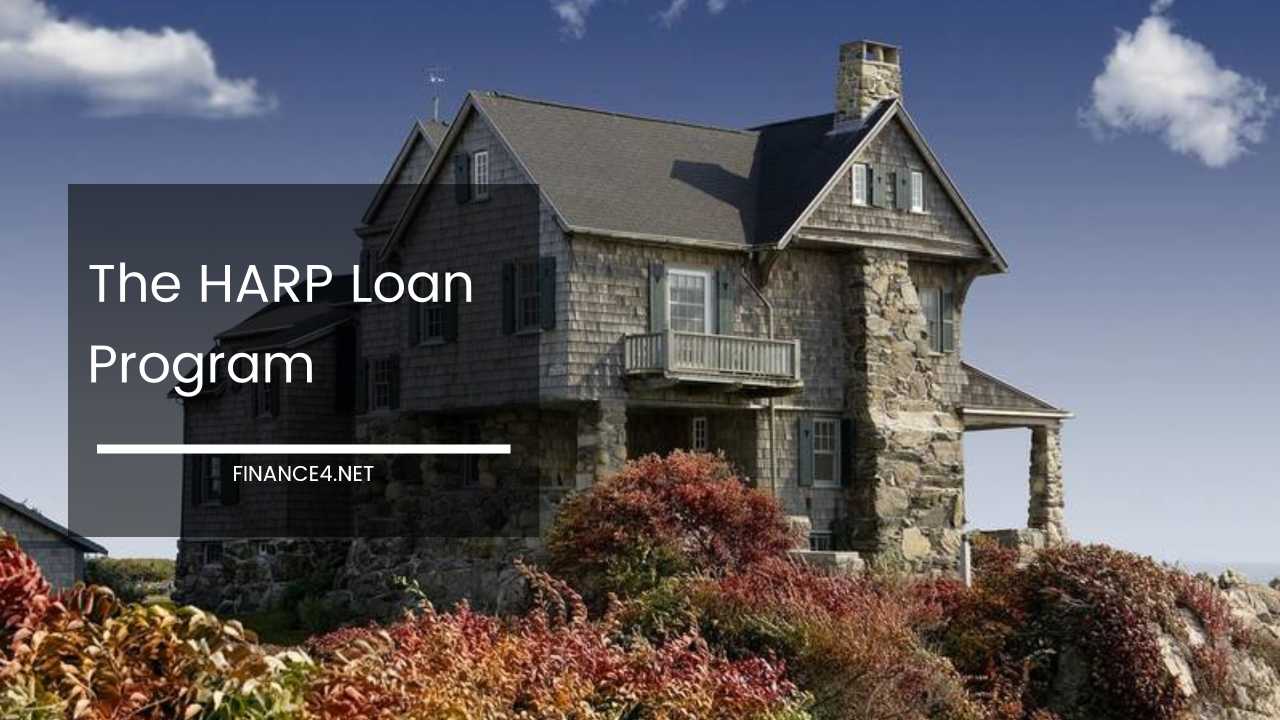HARP Loan Program: Saving Homes During the Housing Crisis

Unlocking Homeownership: A Comprehensive Look at the HARP Loan Program
The dream of owning a home is deeply ingrained in the American Dream. It represents stability, security, and the potential to build wealth for future generations.
However, for many homeowners, this dream can morph into a burden during times of economic hardship. The housing market crisis of the late 2000s left countless individuals underwater on their mortgages, meaning they owed more on their loans than their homes were worth.
This situation, coupled with high-interest rates, could lead to significant financial strain and even foreclosure.
In response to this crisis, the federal government introduced a beacon of hope for struggling homeowners: the Home Affordable Refinance Program (HARP) in 2009.
This program aimed to provide much-needed relief and empower them to get back on track towards achieving their homeownership goals.
Let’s embark on a deeper exploration of the HARP program, delving into its intricacies, the substantial benefits it offered, the eligibility criteria, and the lasting impact it has had on countless Americans.
The Genesis and Purpose of HARP
The Home Affordable Refinance Program (HARP) emerged in 2009 as part of a broader initiative known as Making Home Affordable.
This initiative, spearheaded by the Federal Housing Finance Agency (FHFA) and the Department of Treasury, aimed to address the widespread challenges faced by homeowners during the housing market downturn.
The primary objective of HARP was to assist homeowners whose properties had significantly declined in value. By enabling them to refinance their mortgages into more affordable terms, HARP offered a lifeline to those at risk of foreclosure.
HARP: A Boon for Homeowners
One of the most significant advantages of the HARP program was its ability to facilitate refinancing for homeowners with loan-to-value (LTV) ratios exceeding 80%.
Traditionally, obtaining refinancing with such high LTV ratios could be extremely difficult, if not impossible.
However, HARP opened doors for these homeowners by allowing them to refinance into lower interest rates or more stable mortgage products like fixed-rate mortgages. This could lead to a substantial reduction in their monthly mortgage payments, easing financial pressure and preventing potential foreclosures.
Another key advantage of HARP loans was the elimination of private mortgage insurance (PMI). PMI is typically required for borrowers who have a down payment of less than 20% of the home’s value.
However, HARP waived this requirement, even if the borrower’s original mortgage included PMI. This resulted in significant cost savings for homeowners, as PMI premiums can add a considerable amount to monthly mortgage payments.
Beyond Financial Benefits: The Ripple Effect of HARP
The positive impact of HARP extended beyond just the immediate financial relief it provided to homeowners. By preventing foreclosures, HARP helped to stabilize communities that were severely affected by the housing crisis.
Foreclosures can have a cascading effect, leading to decreased property values in surrounding neighborhoods and a decline in overall community well-being. HARP’s role in mitigating foreclosures helped to preserve these communities and fostered a sense of stability.
Furthermore, the program’s success played a role in stimulating the housing market. With homeowners refinancing into more affordable mortgages, they were able to free up additional income that could be directed towards consumer spending.
This increased spending boosted the broader economy and helped to create a more favorable environment for the housing market to recover.
Eligibility for HARP Refinancing: Meeting the Requirements
While the HARP program offered substantial benefits, participation wasn’t open to all homeowners. To be eligible for HARP refinancing, borrowers had to meet specific criteria:
- Loan Ownership: The mortgage had to be owned or guaranteed by either Freddie Mac or Fannie Mae, which are government-sponsored enterprises (GSEs) that play a major role in the U.S. housing market. Borrowers could easily verify their loan ownership by utilizing the respective loan lookup tools provided by Freddie Mac and Fannie Mae.
- Origination Date: The mortgage must have originated on or before May 31, 2009, to qualify for HARP refinancing. This ensured that the program targeted mortgages originated during the housing boom, which were more likely to be underwater due to the decline in home values.
- Loan-to-Value Ratio: Unlike traditional refinancing options, HARP didn’t have a maximum LTV ratio. However, borrowers needed to have an LTV ratio exceeding 80% to qualify. This meant that the outstanding loan balance had to be greater than 80% of the current appraised value of the home.
- Payment History: A good payment history was crucial for HARP eligibility. Borrowers could not have any late payments in the past six months and no more than one late payment in the preceding twelve months. This demonstrated a track record of responsible financial management.
- Financial Stability: In addition to a good payment history, borrowers had to demonstrate the ability to afford the new, potentially lower, mortgage payments. This involved an evaluation of their income and overall financial situation. Additionally, they could not have been convicted of mortgage fraud in the past decade.
The Legacy of HARP: A Program’s Enduring Impact
The Home Affordable Refinance Program’s impact transcended the immediate benefits it provided during the housing crisis.
It serves as a testament to the government’s ability to intervene during economic downturns and support struggling homeowners. By offering a lifeline to those facing potential foreclosure, HARP helped to prevent a domino effect of economic devastation.
While the program officially ended in December 2018, its legacy continues to resonate within the housing market. It highlighted the importance of innovative solutions during times of crisis and the potential for government intervention to stabilize the housing market.
The success of HARP also underscores the value of responsible lending practices and the need for regulations that protect homeowners from predatory lending tactics.
HARP and the Future of Housing: Lessons Learned
The experience with HARP offers valuable insights for navigating future housing market challenges. It demonstrates the importance of proactive measures in mitigating the impact of economic downturns on homeowners and communities. Additionally, it emphasizes the need for a well-regulated and transparent mortgage lending system to prevent future crises.
Looking ahead, policymakers and mortgage lenders can learn from the success of HARP. By implementing responsible lending practices, ensuring clear communication with borrowers, and developing innovative solutions for struggling homeowners, the housing market can be positioned to weather future economic storms.
Moreover, exploring ways to make similar programs accessible to a wider range of homeowners in the event of future downturns could prove crucial in safeguarding the stability of the housing market and the American Dream of homeownership.
Final Thoughts
The Home Affordable Refinance Program stands as a beacon of hope during a tumultuous period in American history.
By providing a pathway for struggling homeowners to achieve more manageable mortgages, HARP not only alleviated financial burdens but also contributed to the stabilization of communities and the broader economy.
As the housing market continues to evolve, the lessons learned from HARP can be instrumental in shaping responsible lending practices, fostering a more resilient housing system, and ensuring that the dream of homeownership remains attainable for generations to come.



